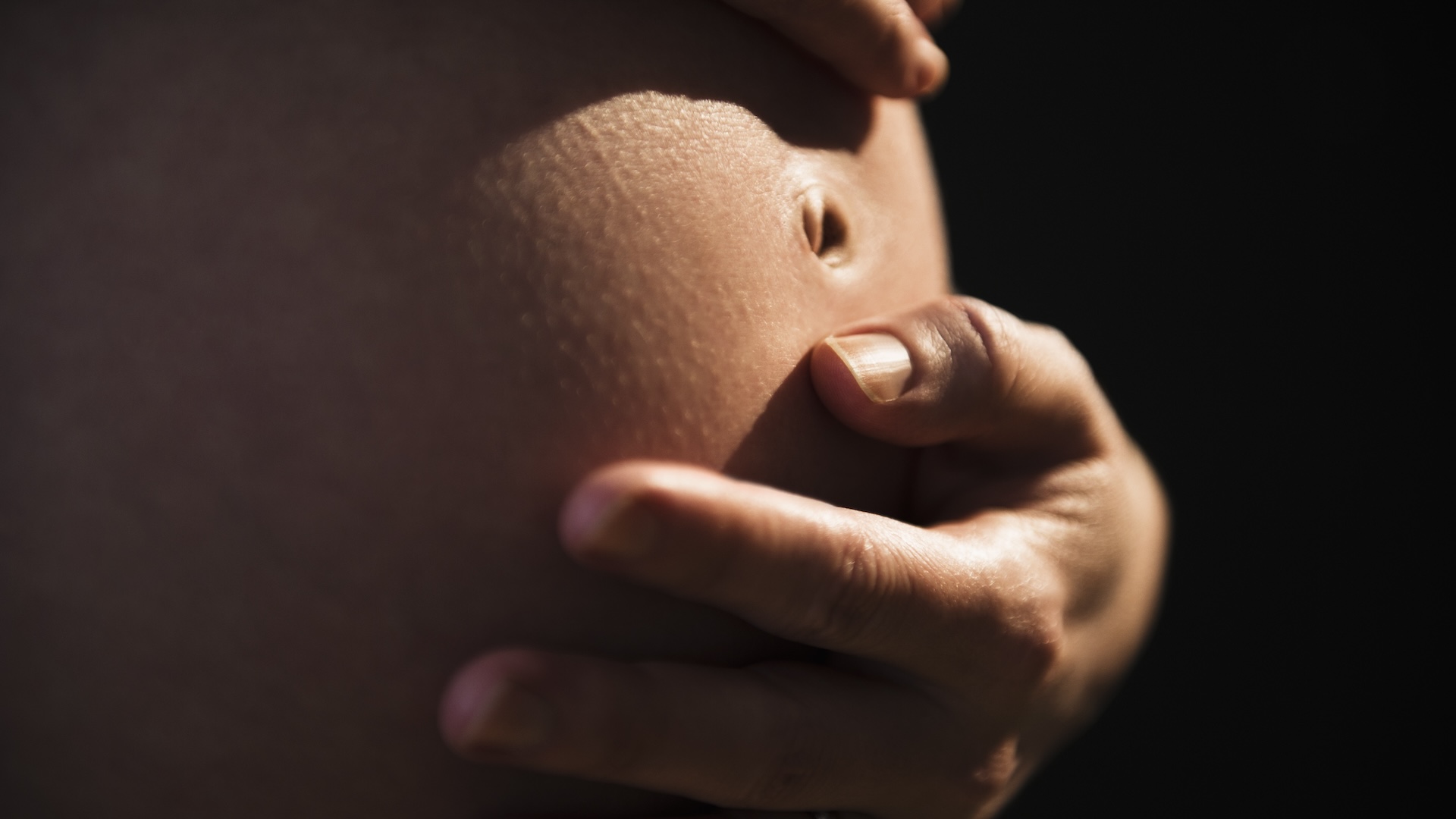When you buy through links on our land site , we may earn an affiliate commission . Here ’s how it works .
Contrary to what daytime talk shows might have you believe , man are seldom hoodwinked into raising small fry who are n’t their own , fit in to several late studies .
In fact , the studies suggest that the rate of misattributed paternity has remained gloomy — at around 1 to 2 percent — for one C of age .

The findings gainsay the evolutionary idea that " woman ' shop around ' for good genes " for their fry by having sex outside amonogamous relationship , said Maarten Larmuseau , a researcher at the Belgian university KU Leuven who wrote a review clause on the topic , published today ( April 5 ) in the diary Trends in Ecology & Evolution .
Previously , researcher estimated that 10 to 20 percent of children are get up by men who are alleged to be , but are not actually , their biologic fathers .
Researchers have theorized that , from an evolutionary perspective , cheating has advantagesfor both men and women . For men , it leave an opportunity to have more small fry ( and thus , further the spread of their cistron in the factor pool ) . And for women , cheating may let them to have children with a man who is more " genetically primed " than their long - terminus mate , or who can serve ensure that they will have children if their pardner is infertile .

But in 2013 , Larmuseau and his colleagues found that therate of misattributed paternity in the region of Flanders , Belgium , was only about 1 percent in each generation for the past 500 years .
At the prison term the study was published , the investigator did n’t know whether their finding would hold true in other parts of the humanity . But more recently , studies in South Africa , Italy , Spain and Mali have had similar results , with rates of misattributed paternity pasture from about 1 to 1.7 pct per coevals in those areas . [ The Sex Quiz : myth , Taboos and Bizarre Facts ]
One elbow room that these studies estimated the charge per unit of misattributed paternity was to equate the Y chromosome of human race who supposedly shared a uncouth maternal antecedent , to see how often their genes sound out they were related and how often there was a mismatch . ( Men inherit theirY chromosomefrom their father . )

" The surprising result of these new subject is that human [ rates of misattributed Father-God ] have stayed near constant , at around 1 pct , across several human societies over the retiring several hundred years , " Larmuseau and his workfellow wrote in their new study .
The finding also evoke that the supposed advantages of cheat for women are cancel by the monetary value — for example , if a man finds out that he is not the father , he ( and his relatives ) may reduce their involvement in the child ’s animation , the researchers said .
" The ( possible ) genetic benefits of extra - pair children [ or offspring outside a monogamous relationship ] are unlikely to be offset by the ( potential ) price of being caught , especially in such a long - lived species as human race , with with child offspring dependence and massive parental investment , " the researchers say .

succeeding studies will provide investigator to look in more detail at the rates of misattributed fatherhood among people with various pagan and socioeconomic backgrounds , the research worker allege .














